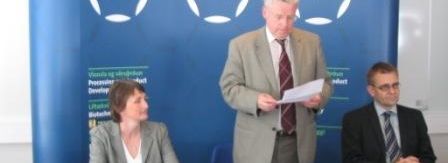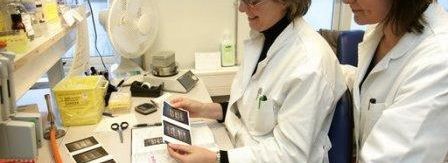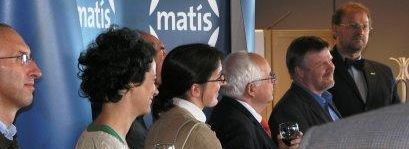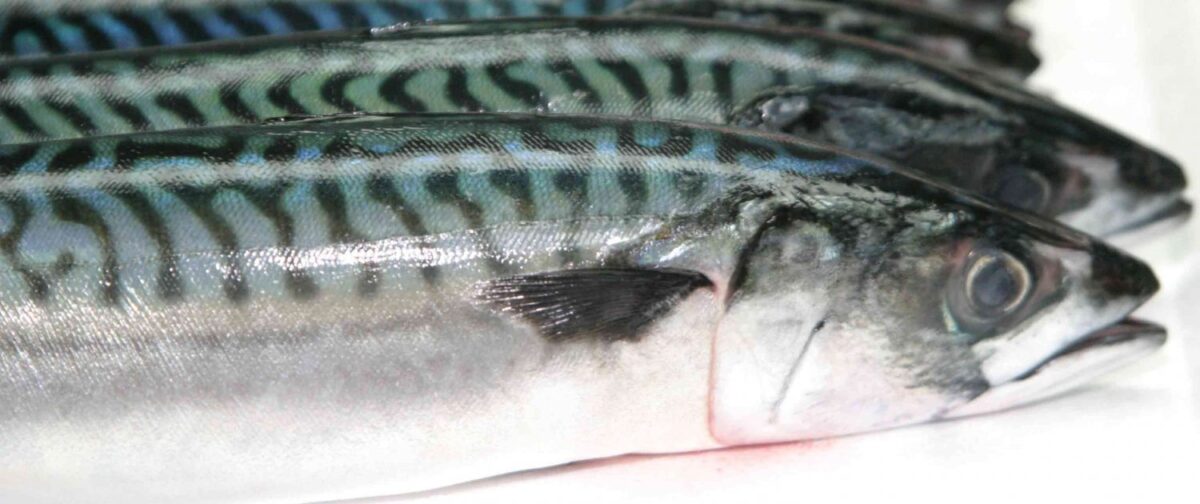On the 24th of June announced Rannís (Icelandic Research Center) about the ten ideas that will receive funding from the marketing plan for centers of excellence and research clusters to submit a complete application next October, and Matís ohf. participating in five of them.
The five ideas in question are as follows:
#5 Research Center for Vitamins
#7 Climate change and its impact on nature and society
#21 Nutrition in innovation
#29 Bioactive substances from the uterus and uterus
#73 Center of Excellence in Aquaculture 2009-2015 - sustainable utilization of land and sea resources
The marketing plan was announced last April and ideas were asked for centers of excellence and research clusters in the areas discussed in a resolution of the Science and Technology Policy Council from December 2007. A total of 82 ideas were received.
A working group under the auspices of the Science and Technology Policy Council selected ten ideas and took into account the council's policy and the criteria mentioned in the description of the marketing plan. The final result was approved at a meeting of the Science Committee and the Technical Committee on 24 June.
As stated in the description of the marketing plan, one of its main goals is to strengthen links between universities, institutions, companies and the government in the relevant field, domestically and abroad.
In total, Matís ohf. participated in 16 of the 82 ideas received by Rannís this spring, or 20%. Now that Matís is participating in five of the ten ideas that are progressing, the ratio has risen to 50%.

